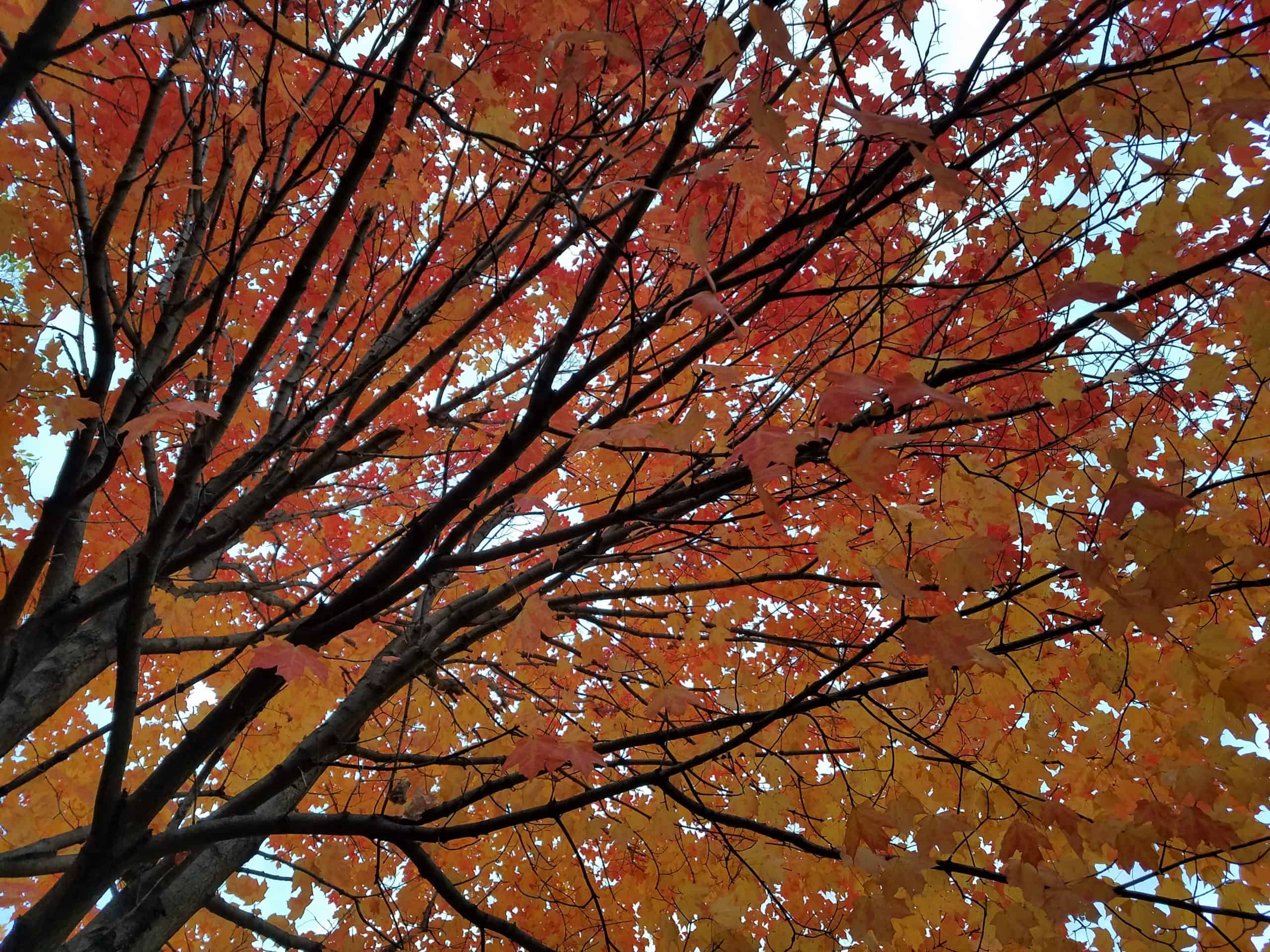
Sweet, sultry October invites each and every tree to the grand Autumn ball where Summer’s verdant robes are shed for the opulent, jewel tones of the season. Although we tend to think only of deciduous trees, evergreens too undergo change in Fall.
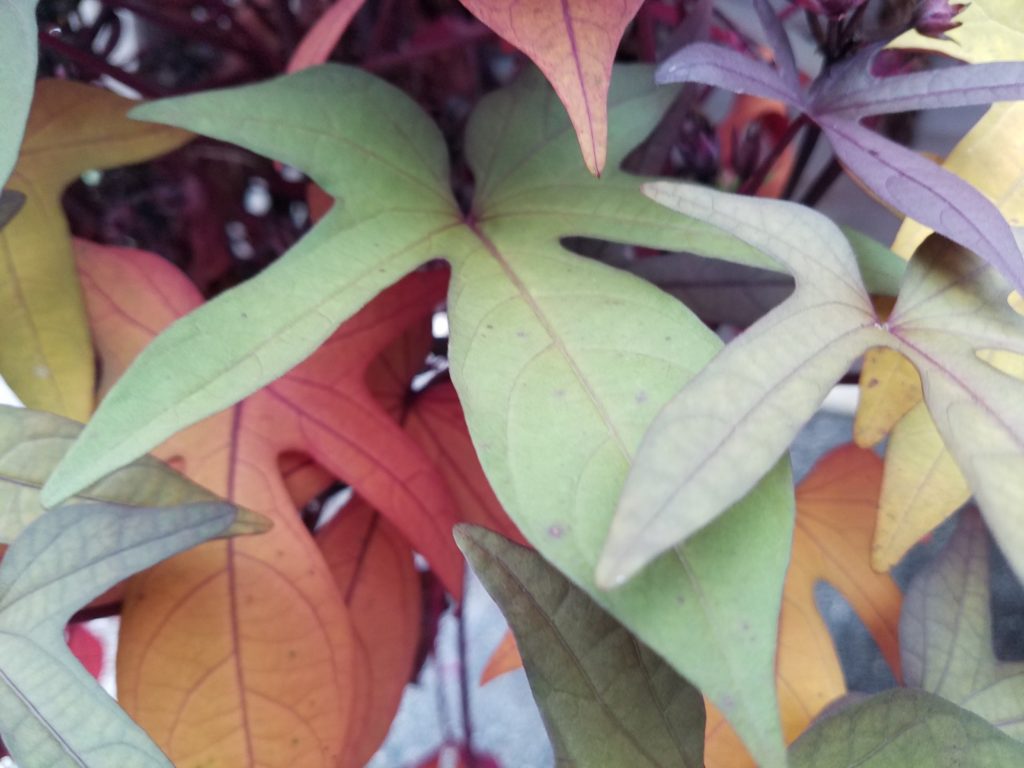
As you know, waning daylight and cooler temperatures are the catalysts in which leaves begin to change color. In addition to vivid displays, trees drop their leaves in an effort to conserve energy and nutrition for the Winter ahead. This too applies to Evergreens.
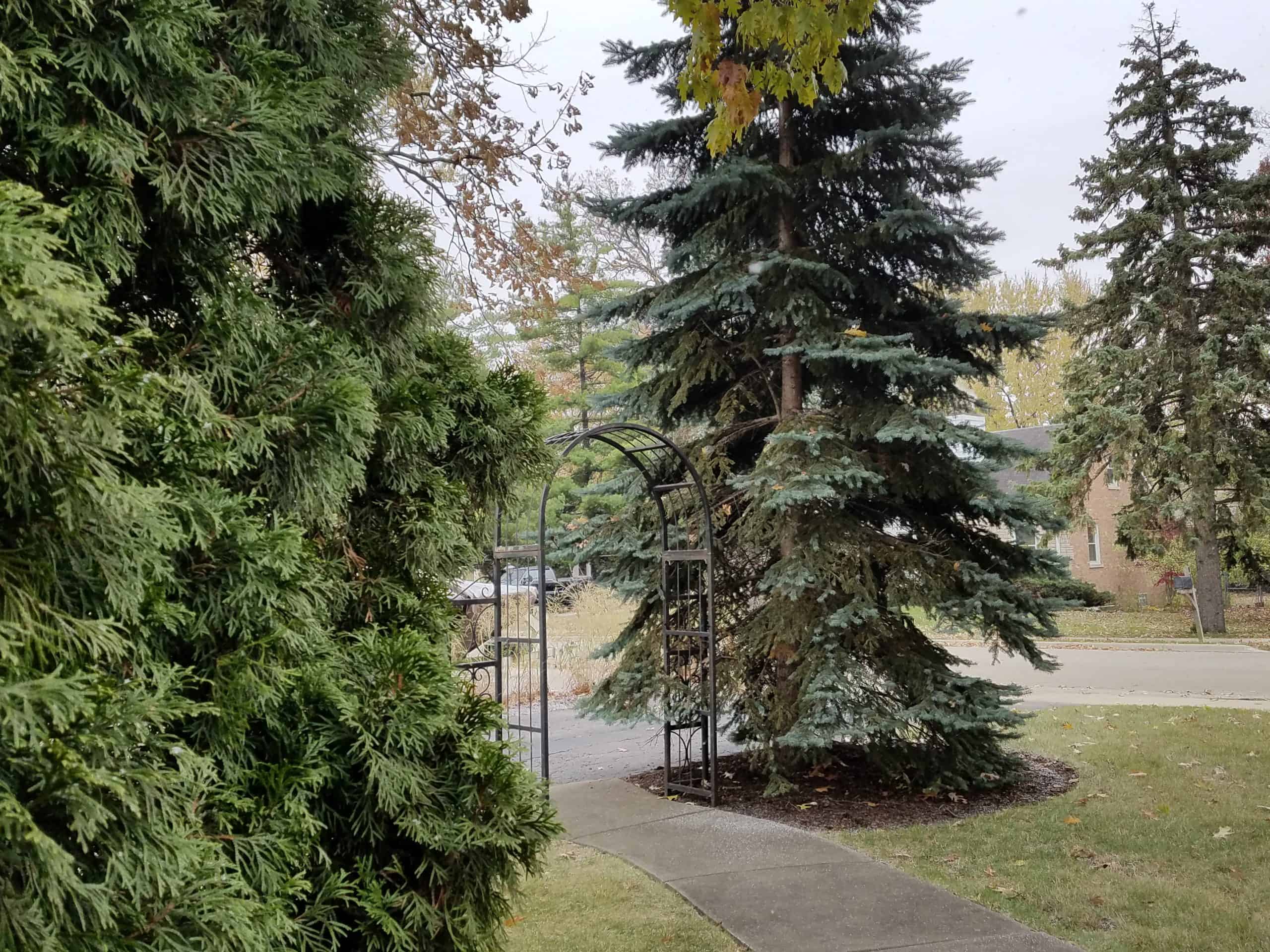
Evergreens will start to shed their oldest, inner needles, and much like deciduous trees, the needles will begin to turn yellow, brown or rust-colored. Older needles are less productive than newer needles, so in an effort to conserve energy and increase efficiency, they are dropped. Although it may seem alarming, this is a form of dormancy and self-preservation.
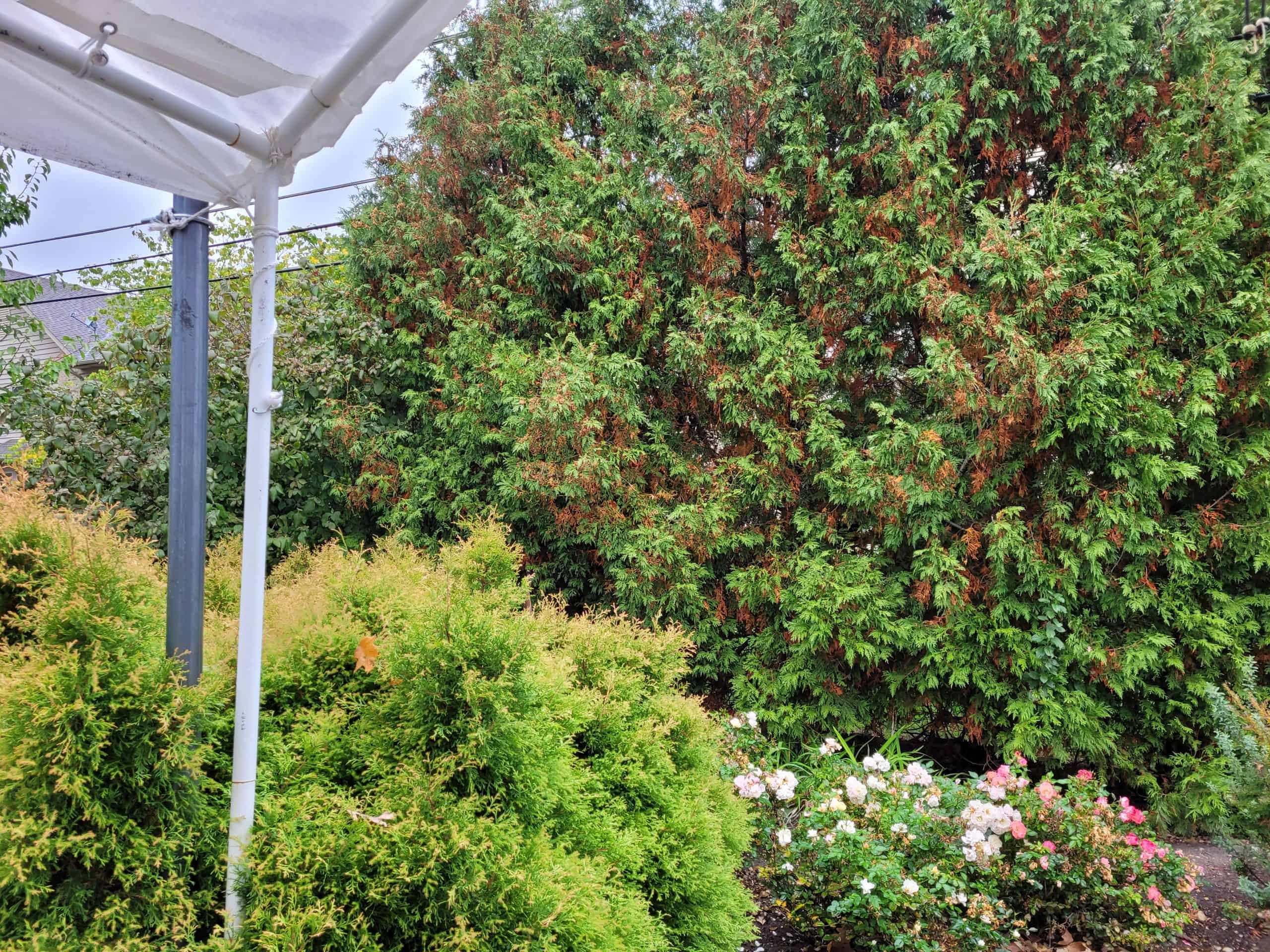
Generally speaking, Fall needle drop occurs uniformly throughout the tree, from top to bottom. If entire branches begin to discolor and shed, it may be something else, and may require further investigation.
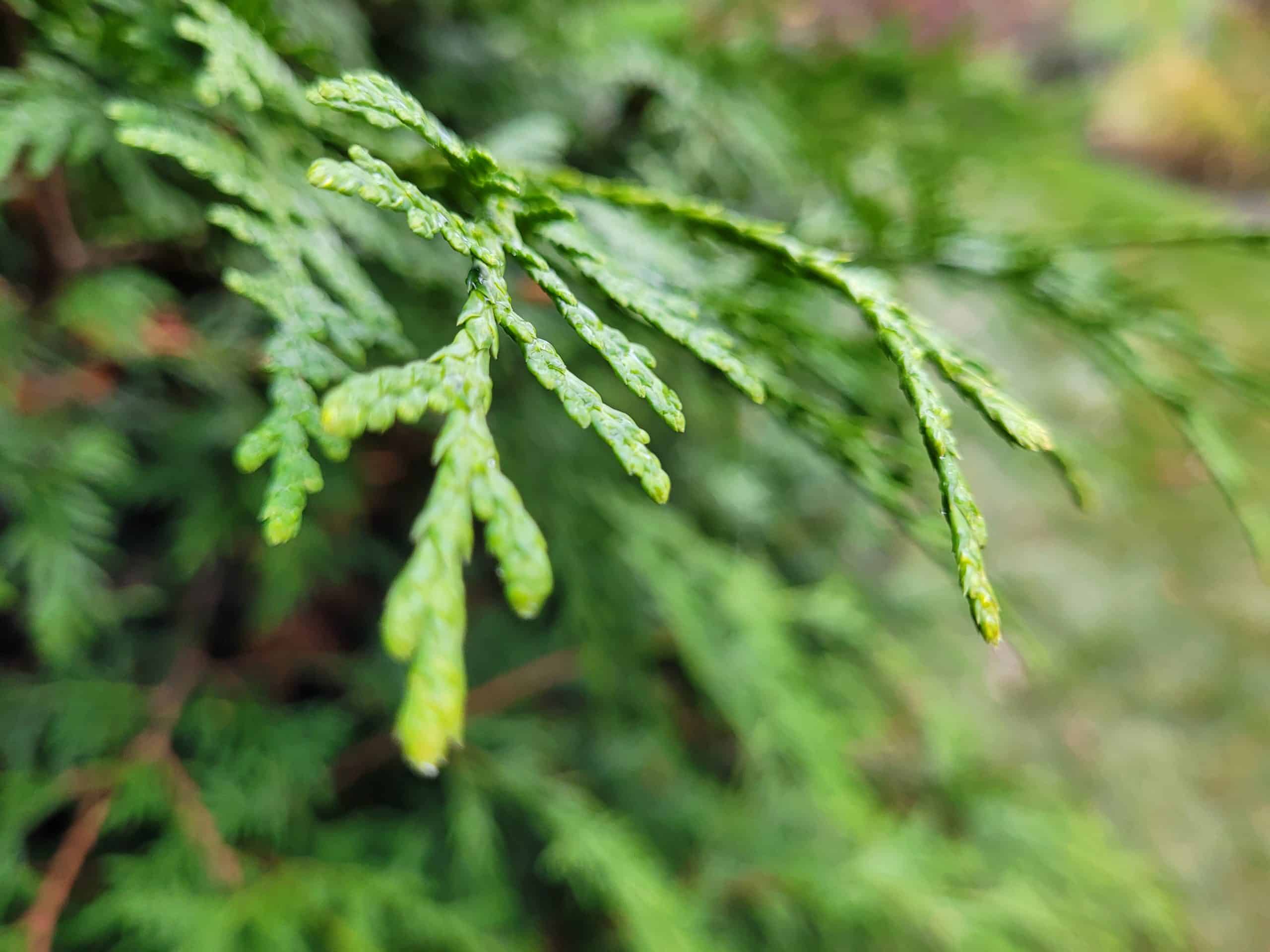
Despite their name, Evergreens do change in the Fall, even though it isn’t as celebrated as their deciduous friends, it should not be cause for alarm. Seasonal needle drop is normal and necessary. As always, reach out to Sweeney’s with any of your seasonal questions or projects. We proudly serve the communities of Villa Park, Elmhurst, Oakbrook, Oakbrook Terrace, Glen Ellyn, Lombard, Wood Dale, Itasca, and more!
Sweeney’s: A Plant Based Company
Plant of the Week
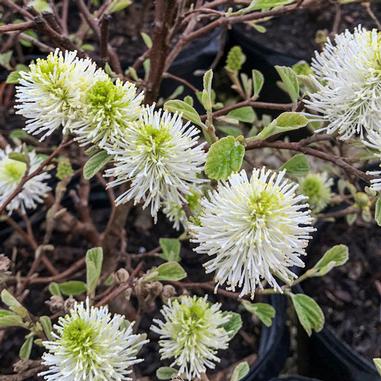
Mount Airy Fothergilla
Deciduous shrub with honey-scented, creamy white bottlebrush-like flowers bloom April – May amongst bluish-green foliage that matures to yellow, orange and red in Fall. Prefers shade to partial shade, and moist, well-drained soil. Grows 4-6′ tall and 4-6′ wide.
“Autumn bows to place a beautiful crown on the Queen of Morning whose velvet robes sway merrily in the chilly breeze.”
-Terri Guillemets
Best wishes,
Kim Sweeney

Mother Nature is truly amazing! Just look at all these plants and how they have developed strategies to help them survive the conditions they live in.
It has been going on since long before “man” entered the picture.
Truer words never spoken, er, written!